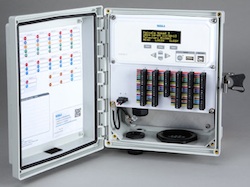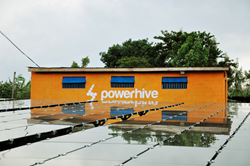Eseye is now supplying connectivity services to The New Motion, who own more than 14,000 EV charging stations, making the company one of the largest and fastest growing Electric Vehicle (EV) charging networks in Europe. Research firm TechNavio is estimating the CAGR for the global electric vehicle charger market of 28.8 percent.
According to Eseye, The New Motion has benefited from their  expertise in supplying connectivity that is tailored to the customer. For example, all services required for payment and charging credit will be handled by Eseye. The New Motion are said to be very happy with the responsiveness and helpfulness of Eseye’s technical support staff, with all support provided from one central help desk.
expertise in supplying connectivity that is tailored to the customer. For example, all services required for payment and charging credit will be handled by Eseye. The New Motion are said to be very happy with the responsiveness and helpfulness of Eseye’s technical support staff, with all support provided from one central help desk.
Eseye says its roaming, mobile network-agnostic Multi IMSI AnyNet SIM provides reliable mobile network coverage in even the most remote and challenging locations. In addition, all IMSIs are Over-The-Air (OTA) re-programmable which means Eseye is able to help The New Motion future proof the solution without the need to return to site to swap the SIM cards out if they need to switch mobile network providers. This is an important consideration for The New Motion, with Remi Caron, their chief technology and innovation officer, saying, “With each EV charge station expected to have a lifespan of 5-10 years, it is imperative that our suppliers understand our need to have reliable and future proof solutions.”
The New Motion is going through expansion throughout Europe, where charge points and charging services are already available to electric car owners. Currently The New Motion charge card can be used at charge points located in Holland, Belgium, Germany, Luxembourg, Austria, the UK and Norway.



 Fuels America Campaign Launch
Fuels America Campaign Launch





